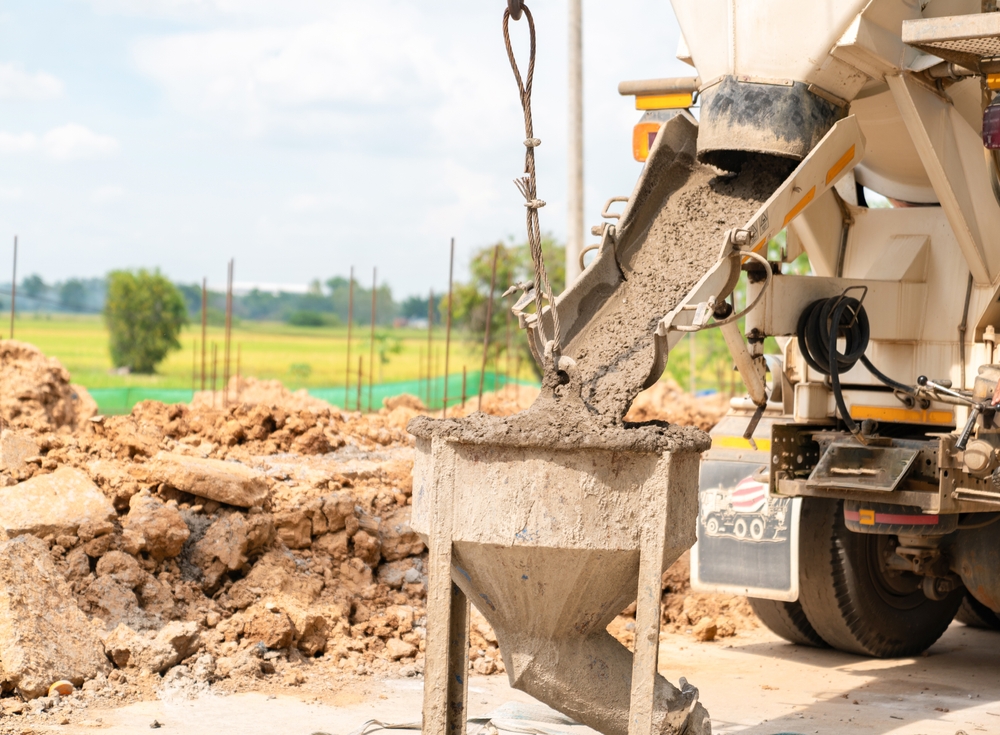
Sustainable Architecture: Designing a Greener and Smarter Built Environment
Sustainable Architecture: Designing a Greener and Smarter Built Environment
Sustainable architecture has become a defining concept in modern construction as cities expand and environmental concerns rise. Architects, developers, and homeowners are now shifting toward designs that save energy, reduce waste, and protect natural resources. Sustainable architecture focuses on creating buildings that benefit both people and the planet while ensuring long-term efficiency and comfort. In this blog, we explore the principles, benefits, and growing relevance of sustainable architecture in India.
What Is Sustainable Architecture?
Sustainable architecture refers to designing and constructing buildings that minimize environmental impact. This includes using eco-friendly materials, improving energy performance, optimizing space, and reducing a building’s overall carbon footprint. Sustainable architecture aims to create functional spaces that conserve resources and promote a healthier lifestyle.
If you want expert help in planning a project based on sustainable architecture, feel free to connect with us here
Why Sustainable Architecture Is Important Today
Sustainable is essential because the construction sector is one of the largest contributors to greenhouse gas emissions. With rising energy costs, resource shortages, and climate challenges, sustainable provides smart, long-term solutions.
By adopting sustainable , builders and homeowners benefit from:
-
Reduced energy consumption
-
Improved indoor quality
-
Lower utility bills
-
Enhanced building durability
-
Reduced environmental damage
As awareness grows, sustainable is becoming a key part of India’s development vision.
Core Principles of Sustainable Architecture
1. Energy Efficiency
One of the most important pillars of sustainable is reducing energy consumption. This includes insulation, efficient HVAC systems, LED lighting, and smart building technologies. Passive design—like natural light, cross-ventilation, and sun-shading—makes sustainable more effective without heavy reliance on mechanical systems.
2. Use of Eco-Friendly and Local Materials
Sustainable encourages using low-impact, recycled, and locally sourced materials such as bamboo, fly ash bricks, reclaimed wood, and low-carbon concrete. These reduce transportation emissions and support the local economy.
3. Water Conservation
Rainwater harvesting, low-flow fixtures, greywater reuse, and efficient landscaping help reduce water usage. Water-smart design is a core element of sustainable .
4. Renewable Energy Integration
Solar panels, solar water heaters, wind systems, and geothermal technologies play a vital role in sustainable . These systems minimize dependence on non-renewable energy.
Learn more about India’s renewable policies on the MNRE website:
5. Waste Reduction and Recycling
Sustainable architecture promotes recycling construction debris, reducing material waste, and designing buildings that allow future adaptability.
How Sustainable Architecture Benefits Occupants and the Environment
Lower Operating Costs
Energy-efficient design and renewable energy systems reduce electricity bills, making sustainable highly economical.
Improved Health and Wellbeing
Better ventilation, sunlight, and non-toxic materials create cleaner indoor spaces, enhancing occupant wellbeing.
Enhanced Building Value
Sustainable architecture increases property value due to its longevity, efficiency, and low maintenance requirements.
Environmental Protection
By conserving resources and reducing emissions, sustainable helps combat climate change.
Compliance and Certifications
Buildings following sustainable can qualify for certifications such as GRIHA, LEED, or IGBC, boosting market credibility.
Applications of Sustainable Architecture in India
Residential Buildings
Green homes featuring energy-efficient appliances, solar roofs, and rainwater harvesting are becoming increasingly popular.
Commercial and Office Spaces
Companies are adopting sustainable to reduce costs and build eco-friendly workplaces that improve productivity.
Government and Public Projects
Smart cities, schools, and hospitals are incorporating sustainable principles to promote long-term sustainability.
Urban Planning and Infrastructure
Green corridors, heat-reflective pavements, and bio-friendly public spaces highlight the wider adoption of sustainable across Indian cities.

Challenges in Implementing Sustainable Architecture
While sustainable is gaining momentum, some challenges remain:
-
Limited awareness among contractors
-
Higher upfront costs for certain green technologies
-
Lack of skilled professionals
-
Limited availability of certified green materials
However, continuous innovation, government incentives, and growing public interest are helping overcome these limitations.
The Future of Sustainable Architecture in India
With the government focusing on green development and net-zero goals, sustainable is shaping the next generation of buildings. From smart homes to eco-friendly offices, sustainable is driving a major shift toward climate-resilient infrastructure. As technologies become more affordable, sustainable will soon become the standard, not the exception.
Conclusion
Sustainable is the key to designing buildings that respect nature, conserve resources, and deliver long-term comfort. By integrating eco-friendly materials, renewable energy, and intelligent design, sustainable helps create a healthier future for everyone.
To learn how you can implement sustainable in your next project, reach out anytime
Read more related articles to enhance your knowledge and make informed decisions
Cost-Effective Modular Construction: Fast, and Sustainable Building Solutions
Smart Modular Buildings: Innovative, Efficient, and Sustainable Construction








